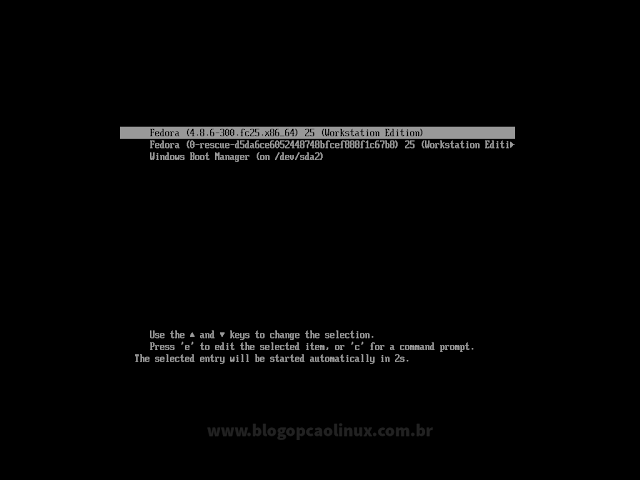

The user executing this command must have the privilege to make a new folder in the parent directory, or they may receive a permission denied error.įor example, you want to create a directory called Music: Use the mkdir command to create one or multiple directories at once and set permissions for each of them. You can also use the mv command to rename a file: Mv filename.txt /home/username/Documents. For example, you want to move filename.txt to the /home/username/Documents directory: Simply type mv followed by the filename and the destination directory. Additionally, it doesn’t produce an output upon execution. The primary use of the mv command is to move and rename files and directories. To copy an entire directory, pass the -R flag before typing the source directory, followed by the destination directory:Ĭp -R /home/username/Documents /home/username/Documents_backup 7. To copy the content of a file to a new file in the same directory, enter cp followed by the source file and the destination file: To copy files to a directory, enter the file names followed by the destination directory:Ĭp filename1.txt filename2.txt filename3.txt /home/username/Documents To copy one file from the current directory to another, enter cp followed by the file name and the destination directory.

Use the cp command to copy files or directories and their content.

#Fedora 26 workstation dual boot full#
Depending on your current working directory, it requires either the full path or the directory name. To navigate through the Linux files and directories, use the cd command. -P or –physical prints the actual path of the current directory.-L or –logical prints environment variable content, including symbolic links.The pwd command uses the following syntax: Simply entering pwd will return the full current path – a path of all the directories that starts with a forward slash ( /). Use the pwd command to find the path of your current working directory. -h or –host=host runs commands on the host.-g or –group=group runs commands as a specified group name or ID.-k or –reset-timestamp invalidates the timestamp file.If you try to run sudo in the Linux command line without authenticating yourself, the system will log the activity as a security event. By default, every root user can run sudo commands for 15 minutes/session. Then, the Linux system will log a timestamp as a tracker. When using sudo, the system will prompt users to authenticate themselves with a password. Short for superuser do, sudo is one of the most common Linux commands that lets you perform tasks that require administrative or root permissions. Here is the list of Linux commands, ranging from basic to advanced commands: 1. If you are still unsure, check out our CLI tutorial.Īlthough the steps may differ depending on your Linux distribution, the Terminal application is usually found in the Utilities section.

#Fedora 26 workstation dual boot download#
Download a Free Linux Commands Cheat Sheetīefore proceeding to the list of basic commands, you need to open Terminal first.The 40 Most Commonly Used Linux Commands.


 0 kommentar(er)
0 kommentar(er)
